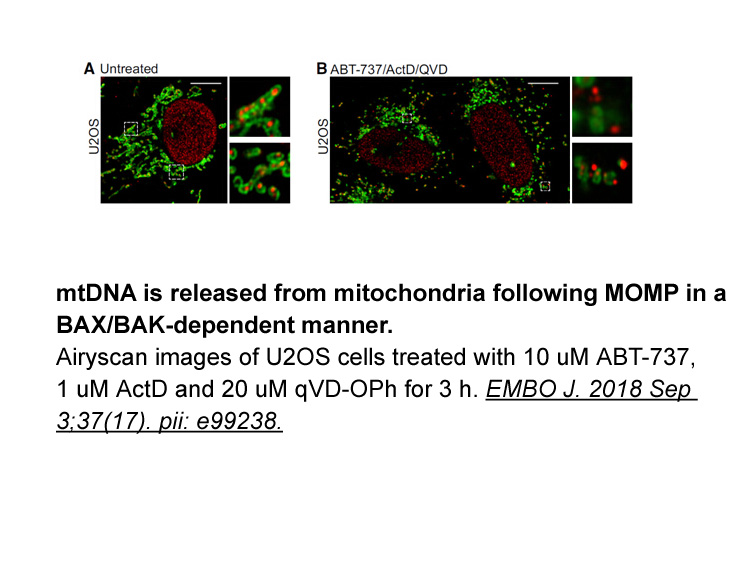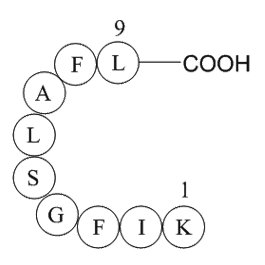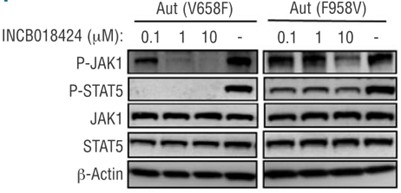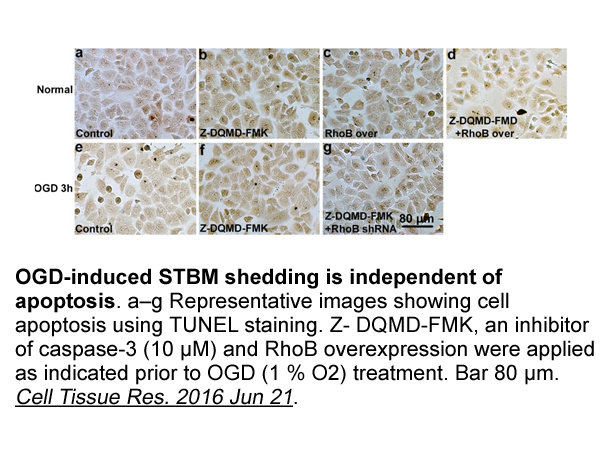Archives
- 2018-07
- 2018-10
- 2018-11
- 2019-04
- 2019-05
- 2019-06
- 2019-07
- 2019-08
- 2019-09
- 2019-10
- 2019-11
- 2019-12
- 2020-01
- 2020-02
- 2020-03
- 2020-04
- 2020-05
- 2020-06
- 2020-07
- 2020-08
- 2020-09
- 2020-10
- 2020-11
- 2020-12
- 2021-01
- 2021-02
- 2021-03
- 2021-04
- 2021-05
- 2021-06
- 2021-07
- 2021-08
- 2021-09
- 2021-10
- 2021-11
- 2021-12
- 2022-01
- 2022-02
- 2022-03
- 2022-04
- 2022-05
- 2022-06
- 2022-07
- 2022-08
- 2022-09
- 2022-10
- 2022-11
- 2022-12
- 2023-01
- 2023-02
- 2023-03
- 2023-04
- 2023-05
- 2023-06
- 2023-07
- 2023-08
- 2023-09
- 2023-10
- 2023-11
- 2023-12
- 2024-01
- 2024-02
- 2024-03
- 2024-04
- 2024-05
- 2024-06
- 2024-07
- 2024-08
- 2024-09
- 2024-10
- 2024-11
- 2024-12
- 2025-01
- 2025-02
- 2025-03
- 2025-09
- 2025-10
-
Leveraging Palbociclib (PD0332991) Isethionate for Transl...
2025-10-02
This thought-leadership article explores the mechanistic power and translational potential of Palbociclib (PD0332991) Isethionate, a highly selective CDK4/6 inhibitor, in the context of cutting-edge assembloid and tumor-stroma co-culture systems. With a focus on the CDK4/6-RB-E2F signaling pathway, G0/G1 cell cycle arrest, and apoptosis induction, we distill strategic guidance for translational researchers seeking to overcome traditional model limitations and drive personalized oncology. Drawing from recent advances in patient-derived assembloid models and integrating evidence-based insights, the article articulates how Palbociclib empowers next-generation cancer biology and therapeutic optimization.
-
S63845 and the Next Frontier of Apoptosis Modulation: Str...
2025-10-01
This thought-leadership article explores the transformative impact of S63845, a highly selective small molecule MCL1 inhibitor, on the landscape of apoptosis research and translational oncology. Integrating mechanistic depth with actionable strategy, it unpacks the biological rationale, experimental breakthroughs, competitive context, and emerging translational directions—while highlighting novel combinatorial paradigms and offering pragmatic guidance for researchers aiming to accelerate therapeutic innovation.
-
Annexin V: The Benchmark Apoptosis Detection Reagent for ...
2025-09-30
Annexin V stands out as the gold-standard apoptosis detection reagent, offering unmatched specificity for early apoptosis via phosphatidylserine externalization. This guide delivers actionable protocols, advanced use-cases in immune and neurodegenerative models, and expert troubleshooting for maximizing data quality in cell death research.
-
Irinotecan in Tumor Microenvironment Modeling: New Fronti...
2025-09-29
Explore Irinotecan, a topoisomerase I inhibitor, as a precision tool for colorectal cancer research—delving into its role in DNA damage, apoptosis, and advanced tumor microenvironment models. Uncover how modern assembloid systems and stromal integration set new standards beyond traditional approaches.
-
2'3'-cGAMP (sodium salt): Precision Engineering of STING ...
2025-09-28
Explore how 2'3'-cGAMP (sodium salt) enables precise, cell-type–resolved modulation of the cGAS-STING signaling pathway. This article uniquely dissects endothelial versus myeloid STING activation, advancing cancer immunotherapy and antiviral innate immunity research.
-
HyperScribe™ T7 Cy3 RNA Labeling Kit: Unveiling Regulator...
2025-09-27
Explore how the HyperScribe T7 High Yield Cy3 RNA Labeling Kit empowers advanced in vitro transcription RNA labeling for dissecting gene regulatory networks. This article uniquely focuses on leveraging fluorescent RNA probe synthesis for mechanistic insights into lncRNA–miRNA–mRNA interactions and sepsis research.
-
ABT-199 (Venetoclax): Precision Bcl-2 Inhibition in Apopt...
2025-09-26
Discover how ABT-199 (Venetoclax), a highly selective Bcl-2 inhibitor for hematologic malignancies, empowers cutting-edge apoptosis research by enabling precise interrogation of mitochondrial cell death pathways. This article uniquely explores the intersection of Bcl-2 targeting and newly characterized nuclear-mitochondrial apoptotic signaling.
-
DMXAA (Vadimezan): Unraveling Tumor Vasculature Disruptio...
2025-09-25
Discover how DMXAA (Vadimezan, AS-1404), a potent vascular disrupting agent for cancer research, uniquely modulates endothelial STING-JAK1 signaling to advance anti-angiogenic strategies and tumor immunity. This article provides a deeper mechanistic framework and translational insights beyond existing reviews.
-
3X (DYKDDDDK) Peptide: Unlocking ER Protein Biogenesis an...
2025-09-24
Explore how the 3X (DYKDDDDK) Peptide revolutionizes the affinity purification of FLAG-tagged proteins and immunodetection of FLAG fusion proteins. This article provides a unique systems biology perspective, linking the peptide’s utility to ER protein folding mechanisms and calcium-dependent antibody interactions.
-
KU-60019 as a Selective ATM Kinase Inhibitor: Unveiling M...
2025-09-23
KU-60019 is a highly selective ATM kinase inhibitor with promising applications in glioma research, notably in radiosensitization and metabolic adaptation studies. This article explores mechanistic insights into DNA damage response inhibition and the emerging metabolic vulnerabilities induced by ATM suppression.
-
br Conclusion br Conflicts of interest br Introduction
2025-03-03

Conclusion Conflicts of interest Introduction Enzymes are widely applied as biocatalysts in fields such as synthetic chemistry [1], pharmaceuticals [2], environmental treatment [3], and food technology [4] because they can catalyze chemical transformations in a highly selective manner under
-
In this study we make the first simultaneous recordings
2025-03-03

In this study, we make the first simultaneous recordings of AZD6738 release in multiple brain regions at a temporal resolution less than 1 s. One of the most striking findings is that acetylcholine release has a remarkably similar temporal profile in the mPFC and dHPC, suggesting a coordinated actio
-
Introduction Microdialysis is an in vivo technique which
2025-03-03

Introduction Microdialysis is an in vivo-technique which allows continuous sampling of small molecular weight substances (such as neurotransmitters, metabolites and neuropeptides) from the extracellular space of different tissues or organs, e.g. brain, muscle or skin. While the implantation of the
-
CYP A is one of the
2025-03-03

CYP3A4 is one of the key metabolizing RSL3 of the cytochrome P450 (CYP) superfamily of heme-containing monooxygenases. As the CYP family of enzymes plays important roles not only in the xenobiotic metabolism and detoxification of a large number of drugs, but also in the biosynthesis of endogenous st
-
Aurora A or B selective and pan
2025-03-03

Aurora -A or -B selective and pan-aurora inhibitors have demonstrated different preclinical and clinical therapeutic efficacies [2,[19], [20], [21], [22], [23]]. For example, clinical trials for a pan-Aurora inhibitor VX-680 (developed by Vertex) were halted at phase II for toxicity reasons (one cas